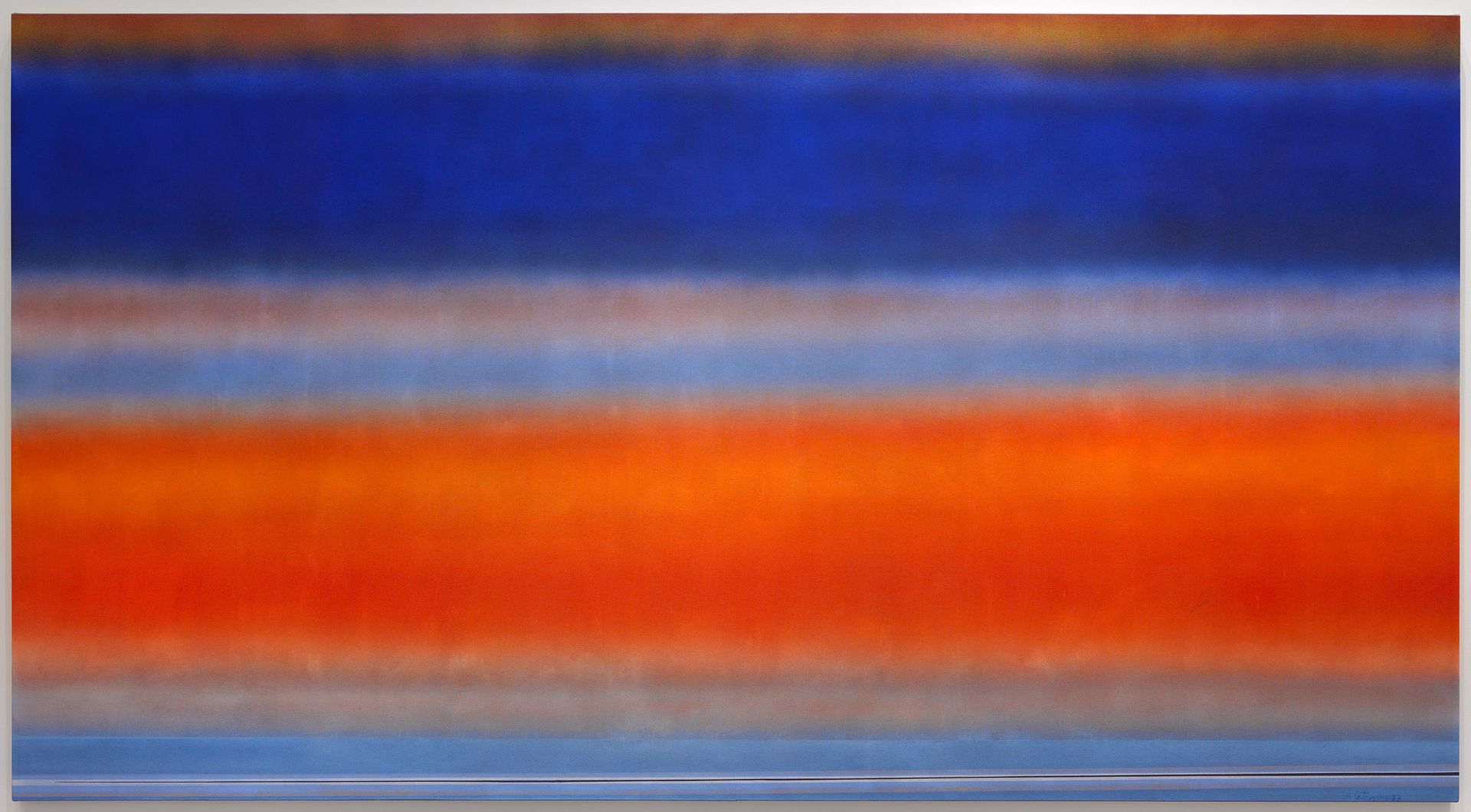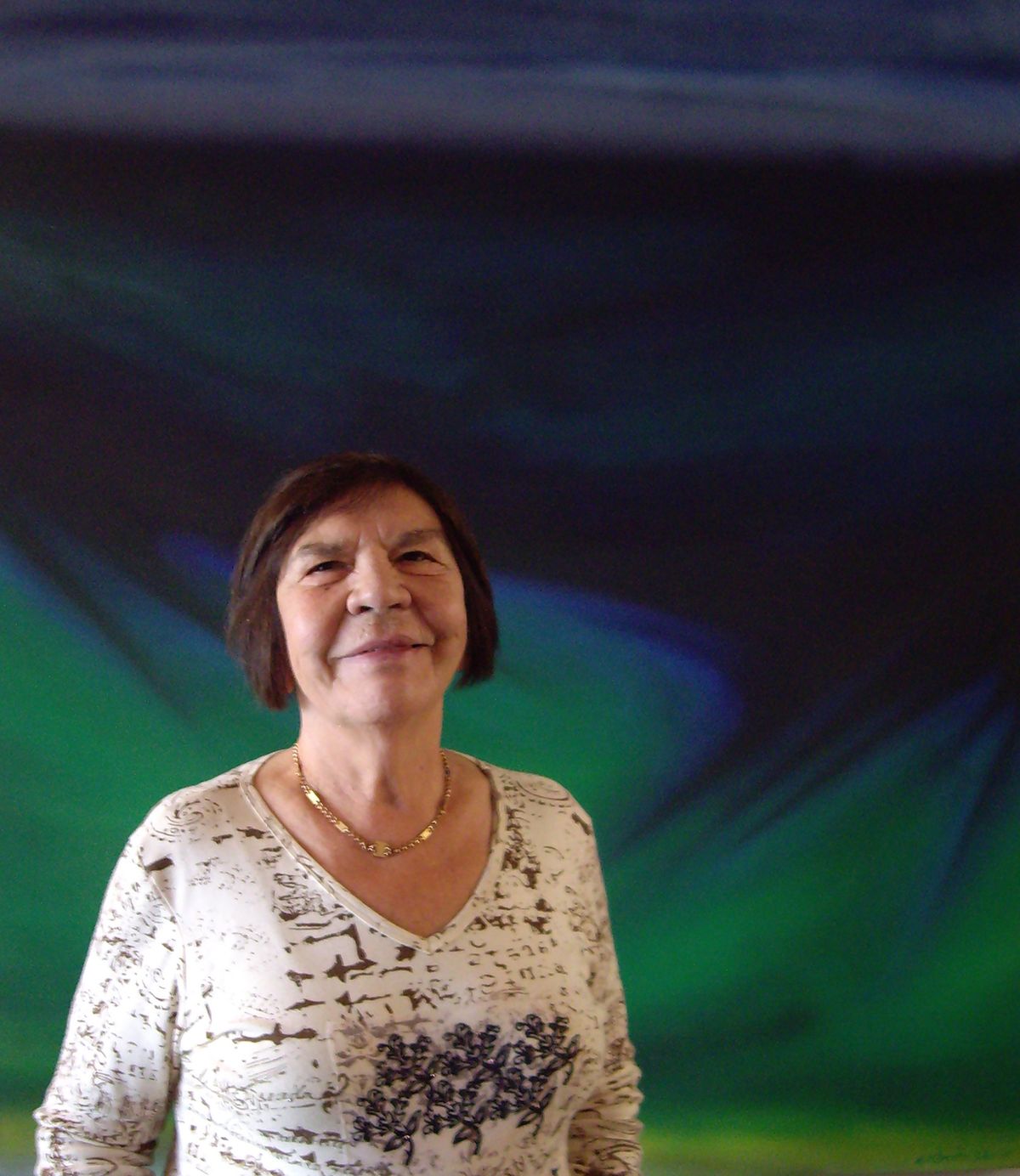Much-honoured Quebec-born abstractionist Rita Letendre, who was of Indigenous heritage and had major retrospectives at the Art Gallery of Ontario (AGO) in 2017 (Rita Letendre: Fire & Light) and at the McMichael Canadian Art Collection in 2019 (Rita Letendre: Earth, Wind & Fire) as well as some 60 solo shows and, at one time, a dozen public works in Toronto and elsewhere, passed away on 20 November after a long illness. Her death came just weeks after her 93rd birthday.
An officer of the Order of Canada, as well as those of her native province and Ontario. She also earned the Governor General’s Award in visual and media arts in 2010, was a recipient of the Queen Elizabeth II Diamond Jubilee Medal in 2012 and the Paul-Émile Borduas Award in 2016 for her contributions to art in Quebec. She was initially linked with the Automatistes, the group founded by Borduas in the 1940s, participating in a group show at the Montreal Museum of Fine Arts in 1955, and then with Guido Molinari and the Plasticiens. Always experimenting, she worked in all media while regarding representation in art as “a crutch”.

Rita Letendre, Victoire (Victory), 1961 Art Gallery of Ontario. Gift of Jessie and Percy Waxer, 1974, donated by the Ontario Heritage Foundation, 1988. © Estate of Rita Letendre
Letendre relocated to Toronto in 1969 and that was welcome news for the thriving city, as her outdoor work dazzled Torontonians, including major murals at Ryerson University and Royal Bank Plaza. One of her most visible works, Joy, a stained-glass skylight at Glencairn subway station, was removed at the artist’s request after some two decades due to water damage and subsequently reinstalled. Letendre was frequently the only woman artist competing for and winning such high-profile commissions.
She is perhaps best known for Sunrise, her largest work at 60ft by 60ft, which was installed on the exterior wall of the Neill-Wycik Building near the intersection of Carlton and Jarvis streets in 1971 but which was largely obscured by a nearby condo a few years later. It was recreated by acclaimed Métis artist Tannis Nielsen at the Evergreen Brick Works in 2021.

Letendre at work on Sun Forces at California State University at Long Beach in 1965 Courtesy Gallery Gevik
Letendre’s first large-scale public work, created for California State University at Long Beach (CSULB) in 1965 and titled Sun Forces, also underwent restoration in 2018, having faded over the years.
She raised eyebrows at Toronto auction house Heffel’s spring sale in 2021, when her 1960 canvas Terme de la nuit sold for C$289,250 ($235,000) —more than five times its presale estimate—following spirited bidding, easily setting a new auction record for her work.
“She is a revolutionary artist, no label fits Letendre perfectly, as her influences have been drawn from diverse movements and tendencies,” said Wanda Nanibush, the AGO’s curator of Indigenous art. “But throughout her career she managed to attain a seemingly impossible unification of expressionism, lyrical abstraction and hard edge abstraction. She was a rare modernist and a master of fire and light. Light moves through her work like a beacon of hope, a pathway to somewhere else. She painted with passion and will be missed.”

Rita Letendre, Daybreak (1983) Art Gallery of Ontario. Gift of Dr. Michael J. Sole in honour of Rita Letendre and Kosso Eloul, 2006. © Estate of Rita Letendre
On the occasion of her AGO retrospective in 2017, Letendre explained her work thusly: “Painting, all forms of art, is an experience of wanting to communicate with others and affords us great freedom if we want it. I want it. I like risk. The risk of searching for things more profoundly. It is so amazing that everything that makes up a person also makes up the universe; it makes up colour, creates matter and people.”
She continued: “Light and colour, and sometimes the absence of colour, have always been the key elements in my painting. With its different values, colour reflects the shades of life. […] But light, from the first shock of birth to the last breath of life—light is life.”


